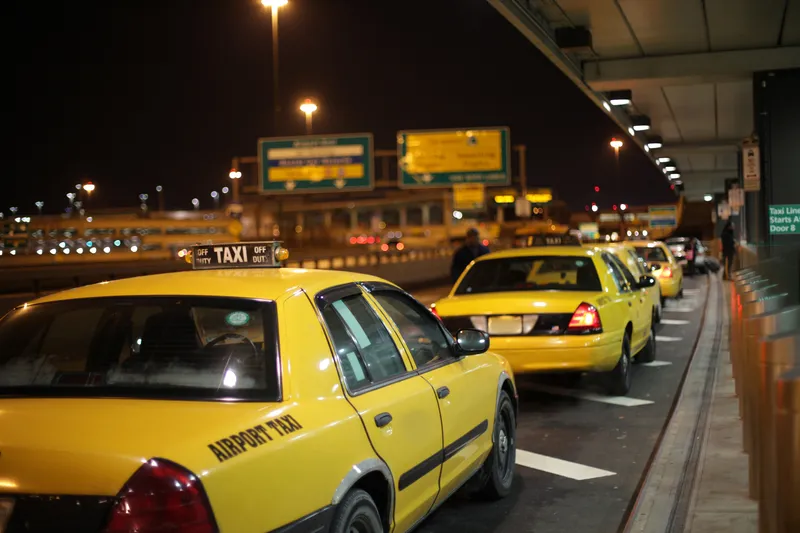To address the traffic needs of one of the busiest traffic corridors in the US, TransCore and the New Jersey Meadowlands Commission are on schedule to complete another phase of an adaptive traffic control system - just in time for Super Bowl 2014.
To improve traffic flow and reduce congestion, TransCore began engineering and installing an adaptive traffic control system at more than 100 intersections throughout the 30-square miles of the Hackensack Meadowlands District.
January 22, 2014
Read time: 2 mins
To address the traffic needs of one of the busiest traffic corridors in the US, 139 Transcore and the New Jersey Meadowlands Commission are on schedule to complete another phase of an adaptive traffic control system - just in time for Super Bowl 2014.
To improve traffic flow and reduce congestion, Transcore began engineering and installing an adaptive traffic control system at more than 100 intersections throughout the 30-square miles of the Hackensack Meadowlands District.
The system provides immediate response to traffic patterns as they occur, adjusting signal operations in response to both unexpected traffic hold-ups as well as the traffic congestion expected during the weeks leading up to Super Bowl 2014. It is expected that some 400,000 tourists will converge in the New York/New Jersey area during Super Bowl week, and 82,000 will flock to MetLife Stadium on game day.
“The capability to adjust traffic signal frequency in real-time makes our solution well suited for events like the Super Bowl where traffic conditions can change dramatically in a very short time frame,” said Michael Mauritz, Transcore’s senior vice president for ITS solutions. “A successfully deployed automated traffic system can enhance traffic safety and reduce vehicle emissions, making travel more efficient for its users.”
To improve traffic flow and reduce congestion, Transcore began engineering and installing an adaptive traffic control system at more than 100 intersections throughout the 30-square miles of the Hackensack Meadowlands District.
The system provides immediate response to traffic patterns as they occur, adjusting signal operations in response to both unexpected traffic hold-ups as well as the traffic congestion expected during the weeks leading up to Super Bowl 2014. It is expected that some 400,000 tourists will converge in the New York/New Jersey area during Super Bowl week, and 82,000 will flock to MetLife Stadium on game day.
“The capability to adjust traffic signal frequency in real-time makes our solution well suited for events like the Super Bowl where traffic conditions can change dramatically in a very short time frame,” said Michael Mauritz, Transcore’s senior vice president for ITS solutions. “A successfully deployed automated traffic system can enhance traffic safety and reduce vehicle emissions, making travel more efficient for its users.”









